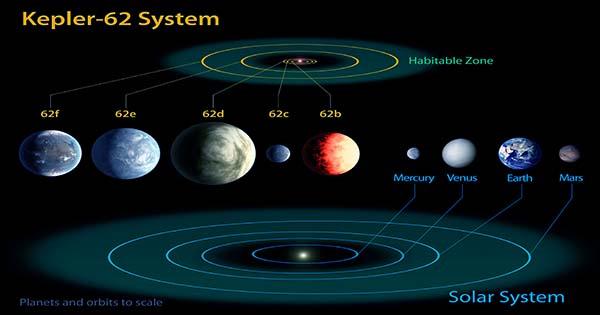Due to the large number of newly discovered planets outside our solar system, we have not yet seen directly any world that has the potential to manage life. Now that may change. A new strategy could probably allow us to see a small bay of the world we want and orbit one of the sun’s closest neighbors at its first end. Most of the planets (exoplanets) around other stars have found to have some slight obstruction or slight change in their orbit due to their influence on their parent star. Direct detection has been limited to rare cases as the planets so young they are still hot enough too observed in infrared. Even then, we still confined to an earth as large as their sun that their light is not lost in a flash. These not the places we are going to find life.
However, Kevin Wagner, a graduate student at the University of Arizona, said it was partly because we were looking for the wrong part of the spectrum. Attempts directly identify the exoplanets have been conducted near infrared, with wavelengths less than 10 microns, yet the planets we are looking for are likely to glow at slightly longer wavelengths.

As self-defeating as it may seem, Wagner noted in a statement; “[These choices] have a good reason because the earth itself is glowing to see you at this wavelength.” After all, it understood that the Earth will be the brightest at the same wavelength as the planets of the ocean, but we do not simplify things by “drowning out your own signal,” Wagner added. In nature communications, Wagner described using a combination of instruments to allow the very large telescope (VLT) Alpha Centauri system to observe 10-20mm wavelengths, both Earth and twin stars blocking radiation.
Wagner said, “We’ve been moving one star and one star from the chronograph every decade, every decade.” It helps us observe each star for half the time, and importantly it allows us to subtract one frame from the next, which is the camera and telescope. Basically just removes all the noise from.”
Wagner and co-authors took more than 5 million images in about 100 hours, stacked on top of each other and thus removed unwanted contributions in a way that was comparable to noise-canceling headphones. In the process Wagner found a light source called C1 in the habitable zone of one of the light centers that needed to do more to deny instrumental error or dust clouds, but C1 could also be the real thing.
“There’s a point source that looks like we’d expect to look like a planet, we can’t explain it by correcting any systemic errors,” Wagner said.
The team will verify the existence of C1, with observations to follow in the VLT, and through alternative planetary hunting methods and to apply the same method to other stars. Nevertheless, the method has limitations. There is a huge need for one of the most expensive telescopes in the world as well as targets are limited to nearby stars. Moreover, Wagner’s strategy has yet to find an Earth-sized planet. This smallest object can be about 3-5 times the radius of the Earth, making it almost certainly a Neptune-style gas planet than a super-Earth.















